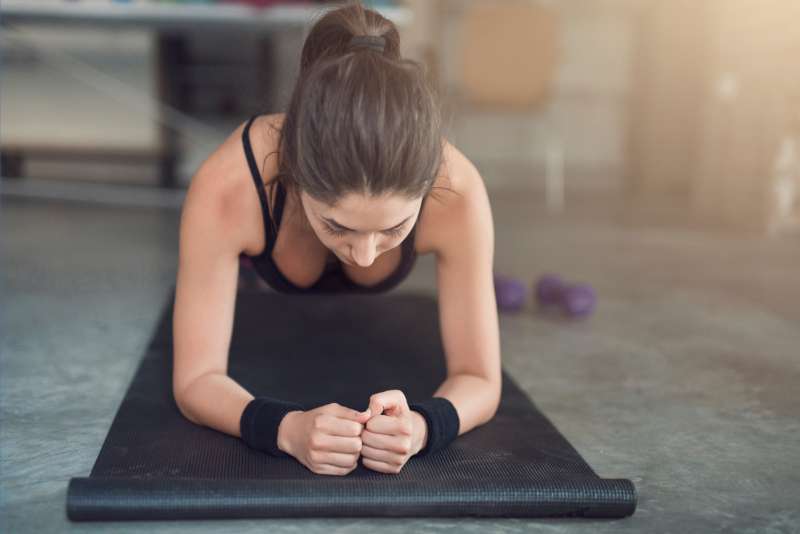
When it comes to strengthening the core muscles, many individuals turn to exercises like crunches. However, another exercise gaining popularity for its efficacy is the plank. The plank exercise targets not only the abdominal muscles but also engages the hips and back muscles. But the question remains: How long should one hold a plank to reap its benefits?
Unveiling the Plank Exercise
The plank exercise, an isometric movement, holds a key role in fortifying the core muscles, according to certified fitness trainer Rachit Dua. Core muscles encompass various groups, including the rectus abdominis, internal obliques, external obliques, transverse abdominis, quadratus lumborum, and the erector spinae group, responsible for maintaining an upright spine.
Grasping the Duration
While there isn’t a fixed duration that applies universally, experts suggest performing the exercise until failure while maintaining a neutral posture. Dua explains that some individuals find 10 to 30 seconds of plank exercise sufficient, but gradually extending the duration to up to a minute over time can be beneficial. The emphasis lies in gradually increasing both the frequency and duration of the exercise while adhering to correct form.
Benefits of Plank Exercises
Research from a 2014 study published on ResearchGate highlighted the potential of regular core strengthening in reducing chronic back pain. The benefits of plank exercises encompass:
- Improved Lower Back Strength: Individuals with lower back issues can benefit from plank exercises as they contribute to strengthening the lower back muscles.
- Convenience: Plank exercises require no specialized equipment and can be performed anywhere.
- Comprehensive Core Strengthening: This single exercise targets multiple core muscles and offers some advantages to lower body muscles through isometric engagement.
- Injury Prevention: Planking aids in preventing exercise-related injuries, particularly those associated with activities like squatting and deadlifting.
- Joint Health: A strong core translates to reduced stress on joints.
- Enhanced Posture: Developing a strong core can lead to improved overall posture.
Mastering the Plank
Executing a basic plank involves lying prone over the elbows while distributing body weight over the toes, maintaining a straight and stable back structure. Elbows should remain perpendicular to the shoulders, and the body’s alignment must be neutral, devoid of any bending.
Variations for Personalization
Various plank variations cater to different needs:
- Knee Plank: Offers a core workout with less pressure on the lower back.
- Side Plank: Targets muscles on the torso’s sides and hip abductors.
- One Leg Plank: A plank performed on a single leg.
Avoiding Common Mistakes
To maximize the effectiveness of the plank exercise, steer clear of these errors:
- Arching the Back: Avoid arching the back, as this can shift the weight onto the arms instead of engaging the core.
- Tilting the Head: Maintain a straight line from neck to body, avoiding neck strain associated with tilting the head.
Incorporating plank exercises into a fitness routine can provide numerous benefits, from enhanced core strength to improved posture and injury prevention. As individuals explore the potential of planks, it’s crucial to focus on correct form and gradually increase exercise duration for optimal results.
Also Read: The Plank vs Push-Ups: 1 Minute Plank is Equivalent to How many Push-ups?
Gangtokian Web Team


















































